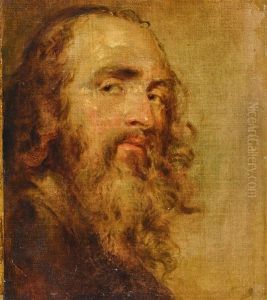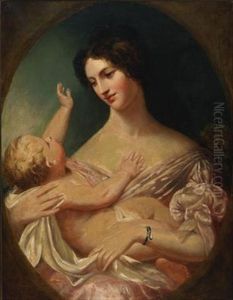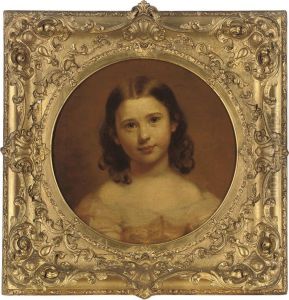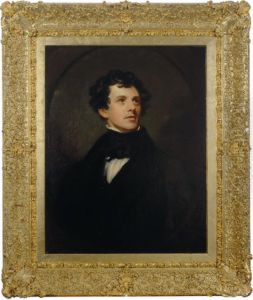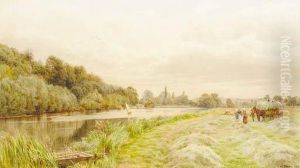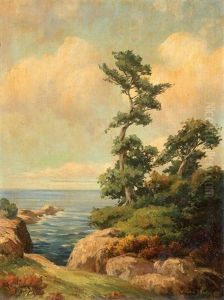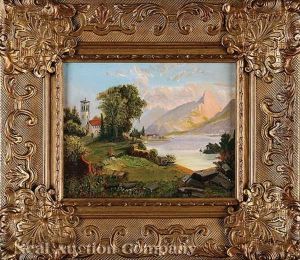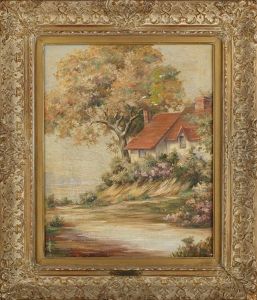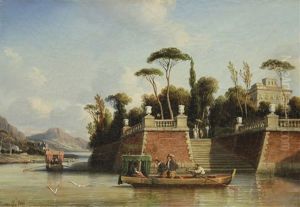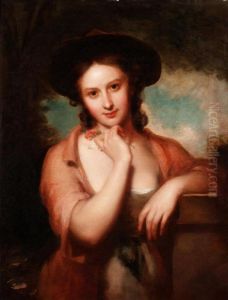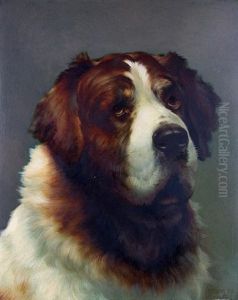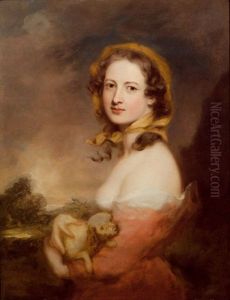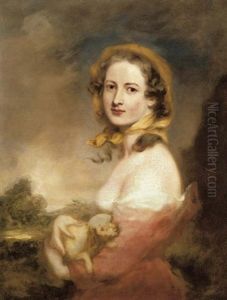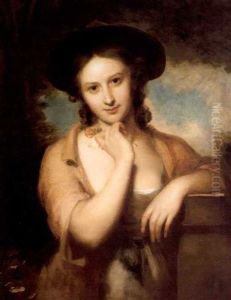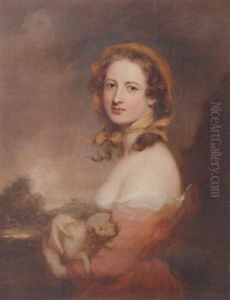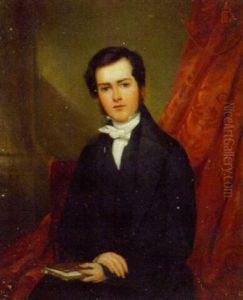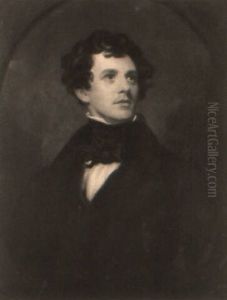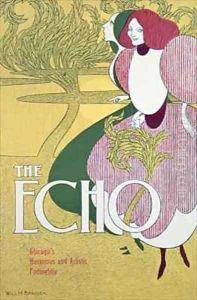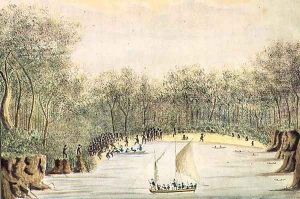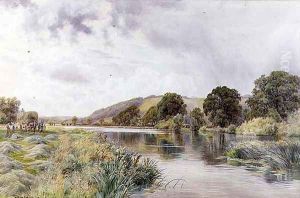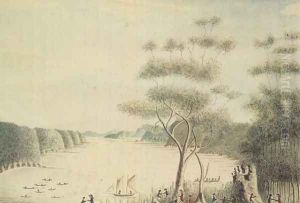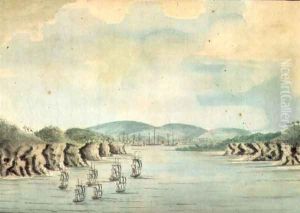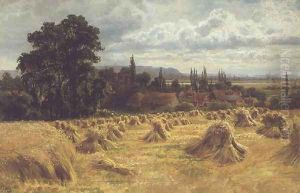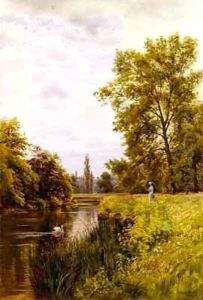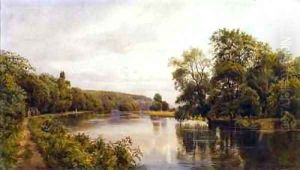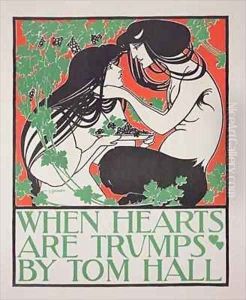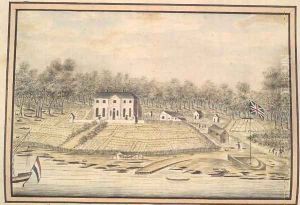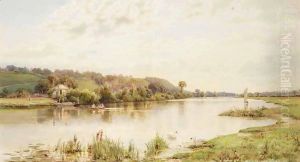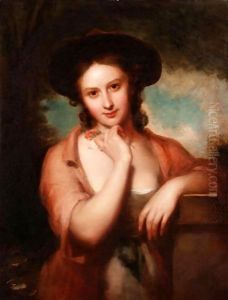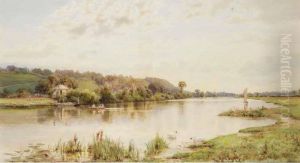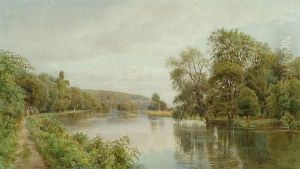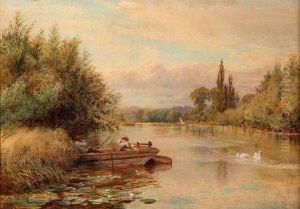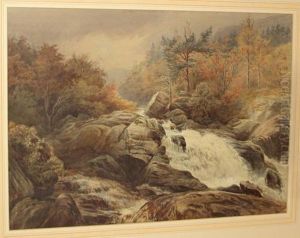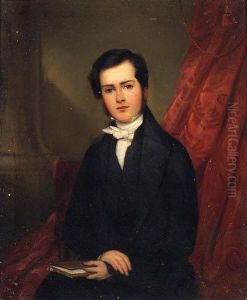William Bradley Paintings
William H. Bradley was an American graphic designer and illustrator, often referred to as the 'Dean of American Designers'. Born on July 10, 1868, in Boston, Massachusetts, Bradley began his career as a self-taught artist. His work was heavily influenced by the Art Nouveau movement, which was popular in Europe at the end of the 19th century.
Bradley's career took off in the 1890s when he began to create poster art, magazine covers, and advertisements that featured his distinctive style. He was known for his innovative use of typography and his ability to integrate text with imagery in a seamless and artistic manner. One of his most famous works is the poster for the literary magazine 'The Chap-Book', which is often cited as the first American work to bring the Art Nouveau style across the Atlantic.
In 1894, he moved to Springfield, Massachusetts, where he worked for the Wayside Press. During this time, he also designed his own typeface, which he called the 'Bradley Type'. He produced a monthly arts magazine 'Bradley: His Book', which showcased his own designs and became a platform to promote the Arts and Crafts movement in America.
Bradley's influence extended beyond his printed work. He was also a consultant to the American Type Founders Company and later worked as an art director for William Randolph Hearst's magazine division. Despite the evolution of his style over the years, he remained committed to the integration of design and typography.
William H. Bradley passed away on January 25, 1962. His legacy lives on in the world of graphic design, where his contributions to typography, layout, and advertising design continue to be studied and appreciated. Bradley is remembered as a pioneer who helped shape the visual language of the early 20th century and whose work bridged the gap between art and commercial design.
